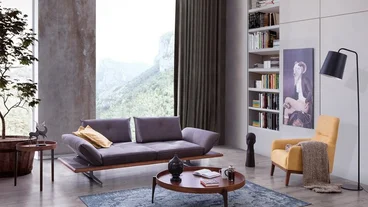Designing and building custom furniture is a highly intricate and creative process that requires a blend of artistic vision, technical skill, and meticulous craftsmanship. It begins with a client’s vision or a designer’s concept, sparking the initial inspiration for the unique piece of furniture. The first step in this journey is a detailed consultation between the client and the furniture maker. This involves discussions about the client’s preferences, functional requirements, aesthetic tastes, and the intended space for the furniture. Once the specifications are gathered, the designer translates these ideas into preliminary sketches or 3D models. This stage is crucial for ensuring that the client’s vision aligns with the designer’s interpretation and that the design is both aesthetically pleasing and structurally sound. Feedback and revisions are part of this collaborative process, refining the concept until it captures the essence of the client’s desires. With the final design approved, the focus shifts to material selection. Custom furniture often involves the use of high-quality, specialized materials that cater to the specific needs of the piece.

The choice of wood, metal, glass, or other materials not only affects the appearance but also influences the durability and functionality of the furniture. The craftsman must consider factors such as grain patterns, color variations, and the environmental impact of the materials chosen. Once the materials are selected, the construction phase begins. Experienced artisans, often-skilled woodworkers or metalworkers, meticulously cut, shape, and join the chosen materials. Precision is paramount during this stage, as any miscalculation can compromise the structural integrity and overall aesthetics of the piece. Handcrafted joinery techniques, such as dovetail or mortise and tenon joints, may be employed to ensure durability and longevity. Throughout the construction process, attention to detail is a constant priority. Thomas Dresch Woodworks San Antonio often involves intricate detailing, such as carvings, inlays, or hand-painted finishes. These details add a personalized touch to the piece, elevating it from a mass-produced item to a unique work of art.
The artisan may also incorporate advanced woodworking or metalworking techniques, pushing the boundaries of traditional craftsmanship to achieve innovative and visually stunning results. As the construction nears completion, the furniture maker focuses on finishing touches. Surface treatments, such as staining, painting, or varnishing, enhance the natural beauty of the materials and provide protection. Upholstery, if applicable, is carefully chosen to complement the overall design and ensure comfort. Each step in the finishing process requires precision and expertise to achieve the desired look and feel. Finally, the completed custom furniture piece is delivered to the client’s space. This marks the culmination of a collaborative journey from concept to creation. The bespoke furniture not only fulfills the client’s functional requirements but also becomes a statement piece that reflects their unique style and personality. The intricate process of designing and building custom furniture is a testament to the marriage of artistry and craftsmanship, resulting in a one-of-a-kind creation that stands as both functional furniture and a piece of art.

